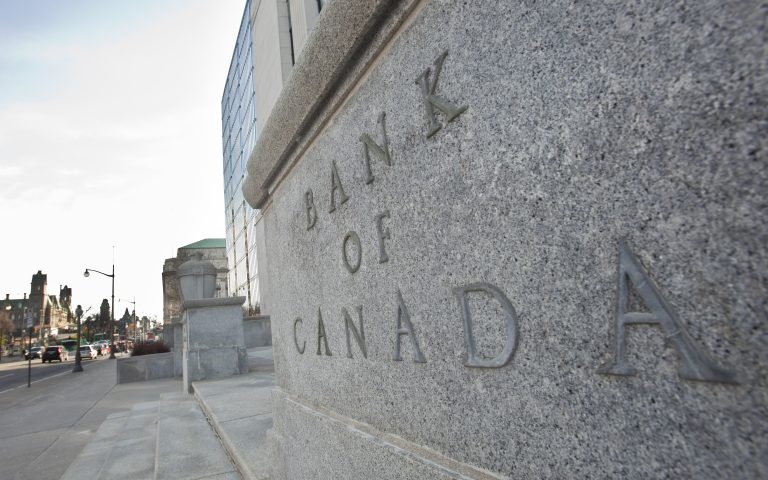The Bank of Canada — Canada’s central bank — lost $522 million in the third quarter of this year, marking the first loss by the financial institution since it was established 87 years ago in March, 1935.
In its most recent quarterly financial report the bank said its revenue from interest on assets did not keep pace with interest charges on deposits at the bank, which have surged due to rapidly rising interest rates.
The bank’s interest rate hikes over the past year have raised the cost of interest charges it pays on settlement balances deposited in the accounts of big banks while the income the bank receives from government bonds it holds remained fixed.
Over the course of the pandemic the central bank dramatically increased its assets as part of its government bond purchasing program, also known as quantitative easing. The policy was part of the bank’s strategy to stimulate the economy.
The asset expansion was the catalyst for the historic loss as the bank paid for government bonds with the creation of settlement balances.
Success
You are now signed up for our newsletter
Success
Check your email to complete sign up
Last week, anticipating the loss, Bank of Canada governor Tiff Macklem told Canada’s House of Commons finance committee that the losses will not affect the central bank’s ability to conduct monetary policy.
According to CTV News, he said, “Following a period of losses, the Bank of Canada will return to positive net earnings.”
The central bank is now looking to the Canadian federal government for a solution to balance its books.
While options do exist economists are saying that the problem is largely an accounting one rather than an issue with monetary policy.













